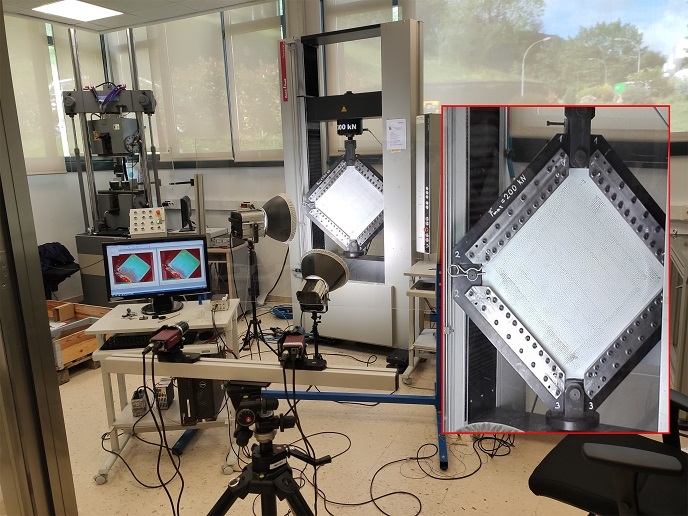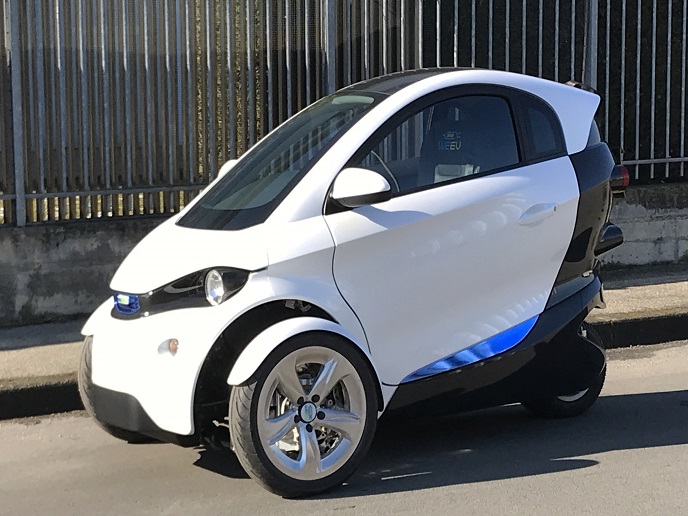As light as a feather: The aircraft of tomorrow
The Clean Sky 2 Joint Undertaking(opens in new window) seeks to develop technologies that will reduce the environmental impact of aviation with cleaner and quieter aircraft, as well as build up and maintain Europe’s competitiveness and mobility in this field. Designing lightweight airframe parts, whereby existing materials are combined with new high-performance ones, is a step forward towards these goals. This is because a reduction in weight is directly connected with the efficiency of an aircraft, meaning lower fuel consumption, power requirements and levels of CO2 emissions.
In pursuit of lightness
In line with this, the EU-funded LightAir(opens in new window) project worked towards qualifying new high-performance materials for helicopter airframe structures following a building block approach. More specifically, the project and its partners, Airbus Helicopters (the topic manager), Ikerlan, Compoxi and AMADE, performed a complete performance characterisation of three new materials for aircraft – adhesive, composite and honeycomb – to achieve design allowables by carrying out a testing campaign. “The project covered three different levels of testing, from the coupon level at the bottom of the pyramid, up to element tests and sub-structural details at the top levels,” highlights Jordi Renart, project coordinator. Discussing the tests, Renart explains: “In level-1 tests, coupons were examined at different temperatures and moisture conditions. During level-2 tests, the focus was on investigating the material properties of honeycomb sandwich panels.” This included the edgewise compression test, flatwise flexure test, compression after impact test and the climbing drum peel test. “All of them are key material properties, but the climbing drum peel test was especially important as it determines the skin to the honeycomb adhesion strength under mode I loading – one of the most critical failure models in a sandwich structure.” The level-3 tests examined a large-scale curved sandwich panel, one of the major milestones of the project.
Impactful results
The project’s work has led to a comprehensive understanding of the mechanical behaviour of the evaluated new materials. “The properties of the new materials showed some very interesting features under certain loading and temperature conditions, which are seen as a good indicator for a potential target weight reduction and structural optimisation with respect to the baseline materials,” outlines Renart. LightAir’s experimental work coupled with the determination of design allowables will provide material data that can be used for the optimisation and weight reduction of the next aircraft designs. Therefore, the project’s work is opening the door to the design of more reliable, efficient and lightweight airframe structures. “Eventually, this will lead to the target weight reduction of 15 % for general airframe parts, fuel savings of around 1 800 litres per helicopter a year and a reduction in CO2 emissions of around 5 900 kg per helicopter a year for the next generation of aircraft,” reports Renart. Moving forward, some research subjects from the project will be disseminated. These subjects are being further investigated, and in the coming months, they will be available in peer-reviewed journal papers. “The topic manager will also need to take the project’s outcomes and place them in the context of the RACER programme(opens in new window) framework. This is probably the most challenging next step,” concludes Renart.







